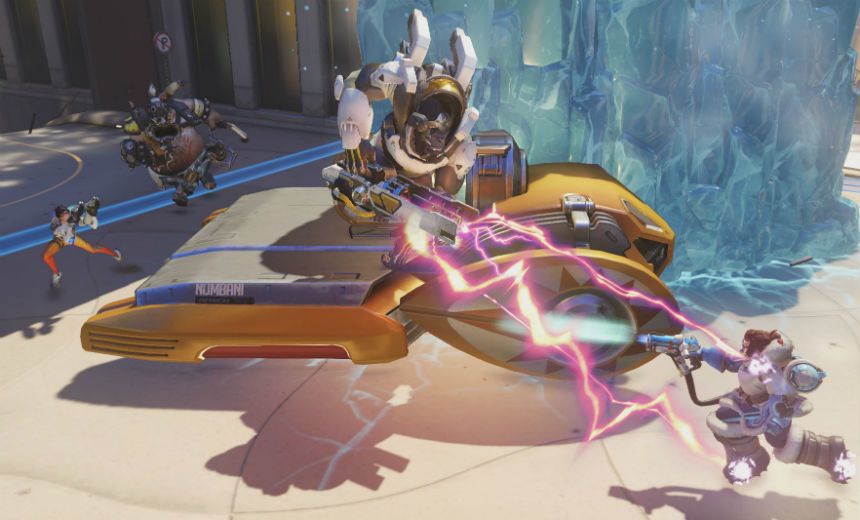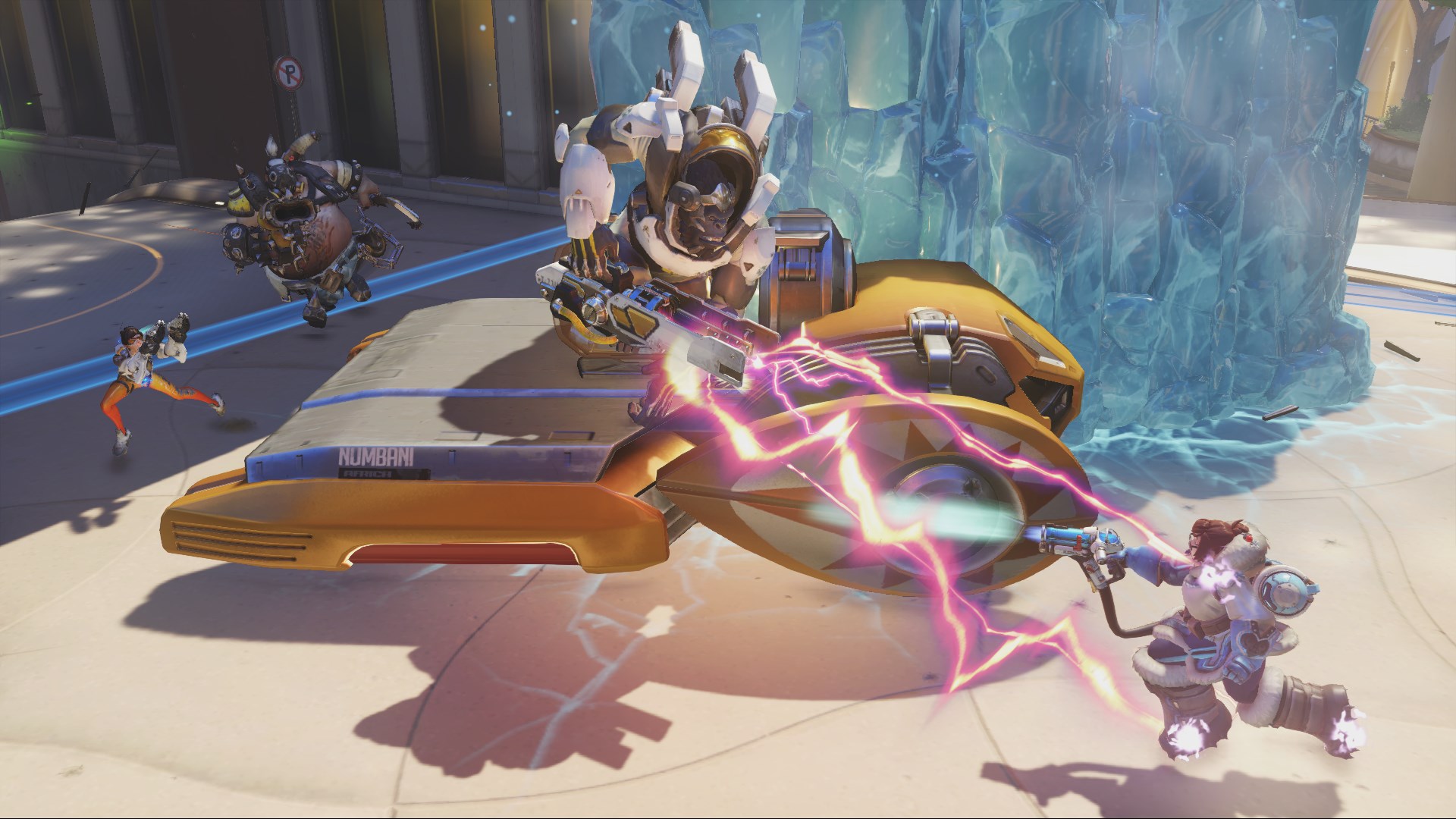
Any fan of English football will be acutely aware that pitching the England national team against the best sides in the Premier League is a foolish endeavour. It will inevitably end in the usual disappointment experienced by those who patriotically follow The Three Lions, because the talent simply isn’t there.
Football’s club economics allow for the wealthy teams to sign talent from a huge range of countries that have cultivated singular excellent players, creating well-rounded club sides that blend nationalities under one roof. Separating these out into myriad national teams is a socialism of talent which leads to the best national teams lacking the strength of the best club sides, even before you add in the training and synergy aspect.
To attempt the same challenge in basketball or hockey though would have the opposite result. There, the talent is condensed into a few key countries, and salary caps mean that all-star club teams are not formed as often. Allow countries the freedom to assemble their dream lineups and they can create star rosters better than their usual club teams. They can be a rare glimpse at what could be possible; a window into the potential skill and precision of the best players all together in a cohesive system.
National teams in Overwatch
In Overwatch, the West leans more toward the model of football (soccer) in the way it has built its teams. With no region locks or economically limiting factors, orgs have been able to build teams from the best players they can find - the only proviso is that they all speak English to a reasonable degree. Rogue is a mixture of French and Swedish players; EnVyUs is now a mixture of four different European nationalities and a Thai player; Fnatic has Americans, an Australian, two Swedes, and an Icelandic player. The list goes on. Separating the Western teams out into national squads would clearly dilute their strength, but this is not true for the Eastern teams.
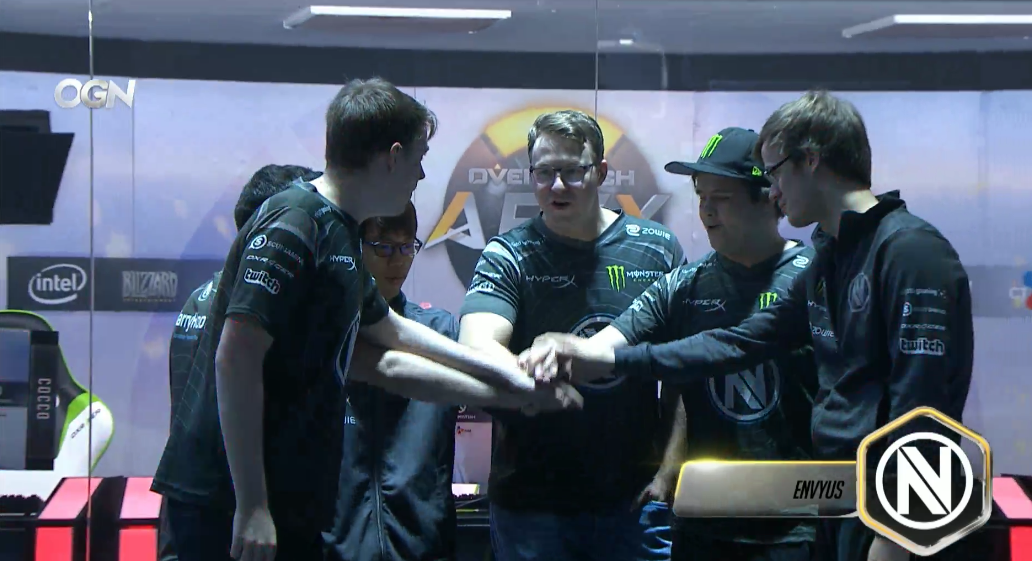
Korea in particular has a deep enough talent pool to be a region in itself, comparable to Europe, North America, or even the entire West. Its teams all speak in Korean and cannot so easily incorporate international talent, but this has proven not to be a limiting factor for the strength of their club teams. The disproportionately large number of talented players in such a small region has allowed them to create some great teams to rival the best of the rest of the world; but just as with less globalised traditional sports, their national team had the potential to be even better.
In Korean Overwatch, both the club teams and the national roster used the same building blocks, but the World Cup roster had more flexibility in its creation. It had the advantage of drawing from months of club matches to select the best talent. It did not need to be concerned about competing teams trying to snap up its potential members. It had no thought of economy, nor cliques, nor any need to form from a fortuitous meeting in ranked ladder with a conversation about starting a team. Its only stumbling block was the fan voting, which Korean fans appeared to take very seriously, crafting the best possible roster it could.
The Dream Team
South Korea destroyed the competition at the World Cup. It was the most dominant display possible. They swept through the tournament without losing a map throughout and only looked tested once against Team USA. They had excellent synergy between the tanks, were able to constantly push opponents off-tempo, and brought a smorgasbord of different styles to the table. The other national teams were weaker than many club teams despite containing the best players in the West, so merely winning the tournament is not that impressive. Rather, it was the manner in which they won that is impressive, brushing these teams aside with no hint of a struggle. You can only beat the teams put in front of you and Team Korea crushed all oncomers, never breaking a sweat.
The players have featured in a range of interviews after the event and we’ve had time to see how they settled back into their domestic teams, providing a good opportunity to delve into the interesting hypothetical of whether Team Korea, with its star talents chosen by fan voting, was really a stronger squad than their club teams. It’s eminently possible, but did it happen with these six players?
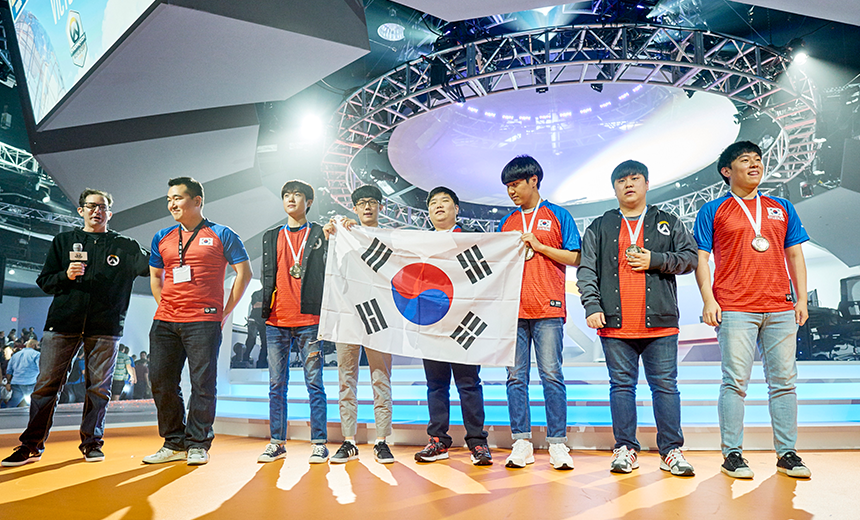
The question was a prevalent theme coming into BlizzCon, something that Monte and DoA were discussing and debating in their casts, and interestingly one that TaiRong believes is correct. While he, ArHan, and Zunba do not have the same experience playing in an elite team and therefore have different experiences to the other half of the roster, TaiRong said after the tournament that he believed nobody was close to Team Korea, even the top Korean sides. This was not due to the skill level of their aiming or mechanics, but due to their understanding of the game and how they fit into a system.
This isn’t a crazy fan theory, it’s one that the players themselves at least partially subscribed to; in conversations and interviews afterwards they only half-jokingly said they wanted to create a new team with the Korean roster, calling it a dream team. EscA, who already enjoys success on Lunatic-Hai, said of the Team Korea roster, ”If I could I would take them all to Lunatic-Hai and play together”.
What made Team Korea so good?
Firstly, Team Korea had the three most impactful players, on their main roles, from one of the best teams in the world. No other team at the World Cup could boast that, with the closest being Finland who had three players from Ninjas in Pyjamas. The Finns were forced to play different roles however, made to plug the holes in their country’s leaky paddling pool of talent. Despite not being able to practice before the event, the core for Team Korea gave them instant synergy and created a solid base for the others to fit into.
They also had some of the best players on every spot in that current meta, both mechanically and in terms of understanding their role. RyuJeHong was arguably the strongest Ana in the game currently, and the same can certainly be said for Miro on tank who stands head and shoulders above the competition on Winston. Even before the World Cup it was clear that only one or two of the Zaryas from the West could match the Koreans pound for pound, and Zunba was widely considered their best. The dps duo of EscA and ArHaN are excellent all-round, but specialise in heroes which were strong in that patch, with excellent Mei, McCree, and Genji play specifically. These are players that, language barriers notwithstanding, would have been strong potential choices for global all-star teams.
They also had an articulate, innovative, and charismatic shotcaller in TaiRong. The team appeared to subscribe to the Korean mentality of respecting and listening to their coach/caller extensively, and played his style throughout. The other teams at the World Cup lacked a strong system and the overwhelming drive to win. When compared to club teams in Korea, the national team had a far more well-rounded roster with flexibility and a strong system that the top teams currently lack.
Talking to TaiRong after the event, he expanded on why he believed the national team was better. He talked about the players’ deep knowledge of the game, and how each member knew their role within the meta-game intimately. Despite the rest of the team crediting him with the calling and strategy, he passed credit onto the other players as well and said that the team effectively had six shotcallers. While TaiRong led the macro aspect of the strategy, many finer points of the tactics and co-ordination were controlled by the people involved. Miro and Zunba, for example, would call their own initiations and peels, ensuring that the timing was crystal clear and precise between the two of them. This extended throughout the team, taking micro-management responsibility away from TaiRong who was more than confident that his players could handle that aspect well on their own.
He focused instead on making use of the deep hero pool of the team. The multi-talented nature of the roster allowed him to use a range of styles depending on the map and opponent: a mirror-matchup Genji with a backline Winston to counter Russia’s ShaDowBurn for example; a Reinhardt/McCree/Mei defense on Route 66; or using Symmetra, Torbjorn, and Bastion to add a twist to Eichenwalde. Only Rogue and EnVyUs have demonstrated that range of diversity in their hero pool and compositions, and even then they have clearer holes than Team Korea. For TaiRong it was a playground for his mind - anything he could come up with, he could implement; the players would use their expertise to execute it as if it was a honed pocket pick. He said after the tournament, ”I saw the near future of Overwatch comp team fights at this BlizzCon”.
Club teams in Korea
Clearly Korea is not the best region for club teams in the same way as its World Cup results would suggest. Their top teams are not dominant and currently sit at 8 match wins to 10 match losses against top Western competition, though of course the latter has the advantage of being able to draw from the entirety of the English-speaking world.
Lunatic-Hai appears to be the best of the Korean teams, despite their loss recently to KongDoo Uncia, and in the former patch was certainly ahead of other top sides like AF.Blue, BK Stars, CONBOX T6, or the two KongDoo teams. They have a 4-1 match win record against the Westerners, beating Rogue twice and losing once, beating NRG once, and beating EnVyUs once. Two of the wins were in group stages of APAC Premier though, the first time Rogue faced Korean competition, and they ended up losing the tournament when it mattered. In terms of maps, Lunatic-Hai has a 10-7 record against the Western teams, more indicative of the level they are at.
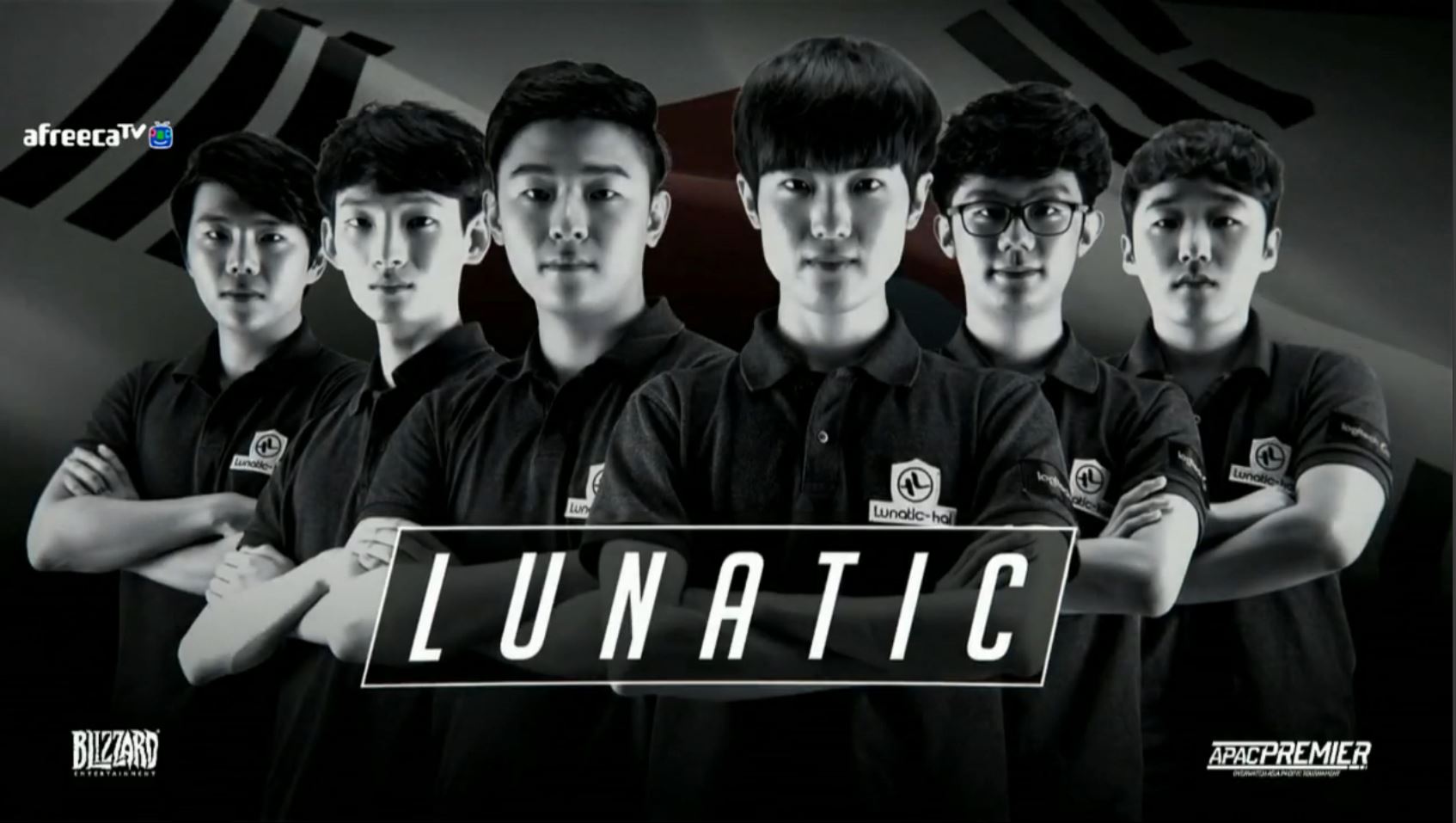
Sizing Team Korea up to Lunatic-Hai allows for a reasonably fair comparison for our hypothetical. It does the job of contrasting the national team against a top Korean side, and the rosters are also not apples and oranges; Team Korea essentially looks like an upgraded version of Lunatic-Hai. The national team took the best parts of Lunatic-Hai - namely RyuJeHong’s Ana, Miro’s Winston, and EscA’s flex dps skills - and let them shine even more than usual. They brought in an amazing Zarya in Zunba, allowing Miro to focus on his god-tier Winston and solid Reinhardt play whilst also keeping RyuJeHong firmly on Ana where he has maximum impact; they added ArHaN to the dps duo to provide EscA with a phenomenal partner that has the same flexibility; and they topped it off with a strong caller in TaiRong who created a system where each part worked well together.
These ‘alterations’ to the Lunatic-Hai core fixed the common issues they were having at home: the dps partnership now had both parts running at full speed, there were no existential concerns about which role to play or who to shift onto Zarya, and they were able to access a much larger hero pool.
There were two compositions that we didn’t see from Team Korea and could reasonably argue their lineup would not cover effectively: Reinhardt/Winston and triple tank. The former was a non-issue as Zunba was so effective at Zarya on that patch that it simply didn’t matter, but the team does lack a good Roadhog. The triple tank composition is arguably the strongest composition in the game for those who master it, and a good Roadhog is a huge part of that. Even though Lunatic-Hai’s Roadhog is lackluster with LeeTaeJun, there are certainly teams in Korea like KongDoo Uncia who are excellent with this strategy and would be superior in this specific sense.
Team flexibility
Looking in-depth at the flexibility of these two teams, Lunatic-Hai and Team Korea have different styles despite having similar rosters. Team Korea vastly favoured Genji, with ArHaN at 61% playtime, and he also shared some of the Mei duties with EscA. Despite not being quite as good as EscA’s elite level on the hero, it allowed EscA to stay on McCree and the team to have both when required. Neither of these things are available to Lunatic-Hai, nor to other top Korean sides at the same skill tier.
Korea also ran Zarya 96% of the time with Zunba as their specialist and Miro at 59% on Winston, compared to Lunatic-Hai’s preference for Reinhardt/Winston with a Roadhog for triple tank. Team Korea were able to play more of an aggressive tempo-disrupting style that perfectly threw teams off their game.
The dps pairing was so excellent that EscA was actually playing the secondary dps role as well, positioning himself far more safely and taking less heals than ArHaN and his buddy Miro. It’s one of the best dps duos in terms of flexibility and effectiveness on ‘in-meta’ heroes across worldwide club or national teams. Usually, teams have one flex player and one talented hitscan player, but EscA is a flex with great hitscan skill on McCree/Tracer/Reaper, allowing him to play second fiddle to ArHaN’s Genji/Mei/Reaper/Hanzo (and of course Bastion). It’s an unmatched pairing in terms of its versatility.
In Lunatic-Hai, as the closest comparison, EscA plays a similar level of McCree but then is forced to play Reaper/Mei when needed because his partner is not comfortable on them. The only hero he and his partner LeeTaeJun share is Tracer, and LeeTaeJun sits at a 43% playtime on Roadhog despite not excelling at it in the same way players like Taimou or hymzi do. Miro is a huge part of what makes both these two teams good, and he is at his best when playing primary tank with a Zarya to support him as Zunba did.
Comparing to Afreeca Freecs Blue
Looking at another top team with members on Team Korea, Afreeca Freecs Blue showcase some of the strategic abilities of TaiRong’s coaching but really lack the knowledge of when to pull things out on the fly. This is probably also due to the individual players not having impeccable understanding of their roles, particularly the tanks who frequently play a more passive style and do not initiate. JIN is a good offtank but is not at the level of the world-class Zaryas, and adam is often a non-factor in games on main tank. Recry can have games where he goes insane on hitscan dps, but he also makes some poor compositional choices and doesn’t appear to understand his own limitations and how the team can best play around them.
Because of this, AF.Blue also lacks backline disruption. They leave all harassment to ArHaN and often have the entirety of the rest of their team playing behind adam’s shield with poke compositions. They don’t give ArHaN the space needed to do his best work, which he had in Team Korea. At the World Cup, Miro and ArHaN were constantly applying pressure between them and it ruined the setups and tempo of their opponents completely. They sat in positions where they couldn’t be attacked, waited for their opponents to move forward through a choke, and then dropped into their supports. This left them ready with their abilities to disengage.
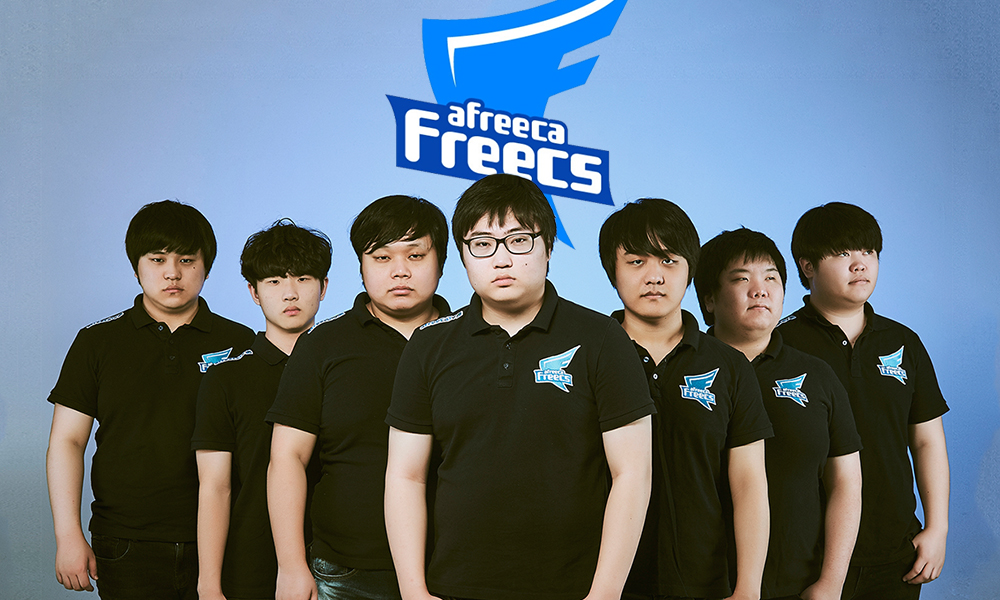
When other teams had a star talent like ShaDowBurn on Russia, ArHaN would man-mark him so the star was forced to deal with a 1v1 before initiating, and Miro would continue to pressure the supports so they couldn’t help. It was a masterclass in disruption defense, and no other team has such a good harass duo on their team in Korea.
The key reason that Team Korea could claim to be better than its domestic rivals is that they had a rounded roster. Every other top team is marred by flaws in its distribution of talent, or lacks a system to make use of the pieces. Korea had the best Winston, the best Zarya, the best Ana, the best Genji, and the best flex/hitscan dps on their roster, and had a system to bring it together.
The TaiRong Factor
TaiRong is the only player who stands out in Team Korea as a non-allstar player. He was caught out more than anybody else on the team during the World Cup, and does not have the same in-game awareness and positioning as elite Lucios. Nevertheless, he had more of an impact as a strong tactician and caller than he could have done on coach, and more than a good in-game Lucio could have done on the field. He was the mastermind of the team and a huge motivator. He brought a good strategy and innovative tactics to the table, created a system for his team to play, and they worked well within it.
He can’t have that kind of impact as a coach on his own. These systems and tactics can only be implemented as a coach if you have confidence in a shotcaller within the team. They have the ultimate responsibility to remember the tactics, call them at the right time, and lead the team to execute them effectively. As the shotcaller, leader, and tactician all rolled into one, TaiRong could directly enact them himself, and his sub-optimal gameplay was on the least skill-focused and impactful role. Having said that, his Sound Barrier timing was fairly good and by the end of the World Cup he had developed the positioning synergy with the team. It was less of a hindrance than it was a boon to have him there.
Flash in the pan
The last question you have to ask yourself when considering this hypothetical is of bias. Were the players in Team Korea skewed by their friendship, success, and lack of challenge into thinking the team was better than it really was? Is this a vast over-rating of an all-star Korean roster simply because it annihilated other bad World Cup rosters crippled by poor fan voting? Am I a deluded fanboy of the Korean national team looking through rose-tinted glasses, safe in the knowledge that this theory will never be tested?
I don’t think the answer to any of those questions is yes. There is a beautiful feeling when you join a team that is performing at a superlative level. You can sense it regardless of the level of competition you face. To dismiss the players’ and analysts’ feelings about the skill of Team Korea because the team wasn’t tested is to argue that they cannot recognise, cannot sense intuitively, that feeling.
Beating a terrible opponent while your own players are performing badly is instantly clear, both from inside and outside of the team. It is observably different to destroying another competent adversary. Just as a great player in tennis could feel the racket and ball conforming exactly to their will, executing shot after shot to perfection even against a lesser rival, so it was in Overwatch with Team Korea. It will only remain a pity they were not tested, so we could have seen exactly how far this team could push.
For more competitive Overwatch news, follow us @GosuOverwatch.

